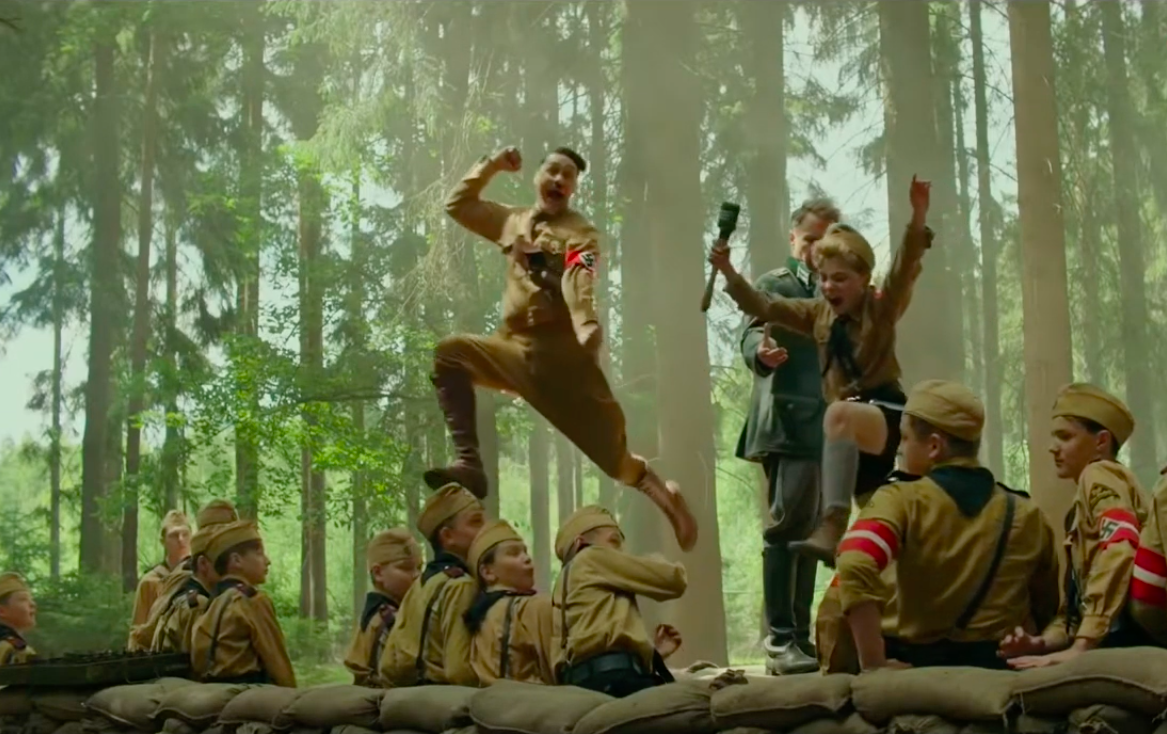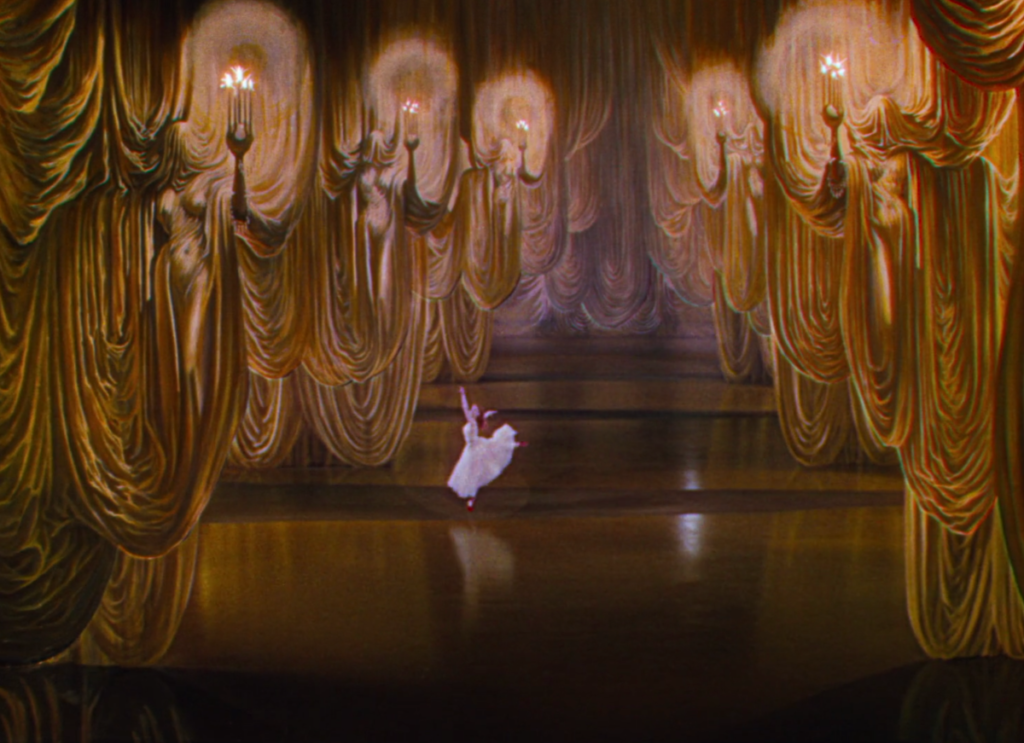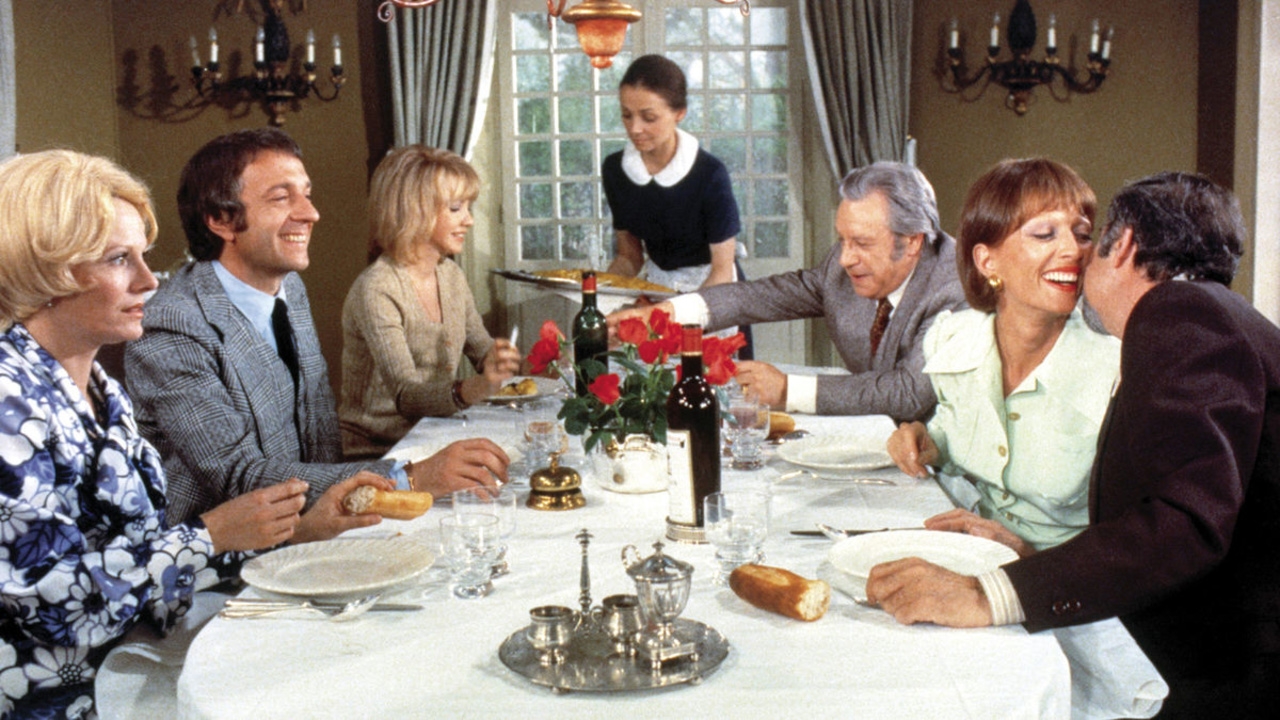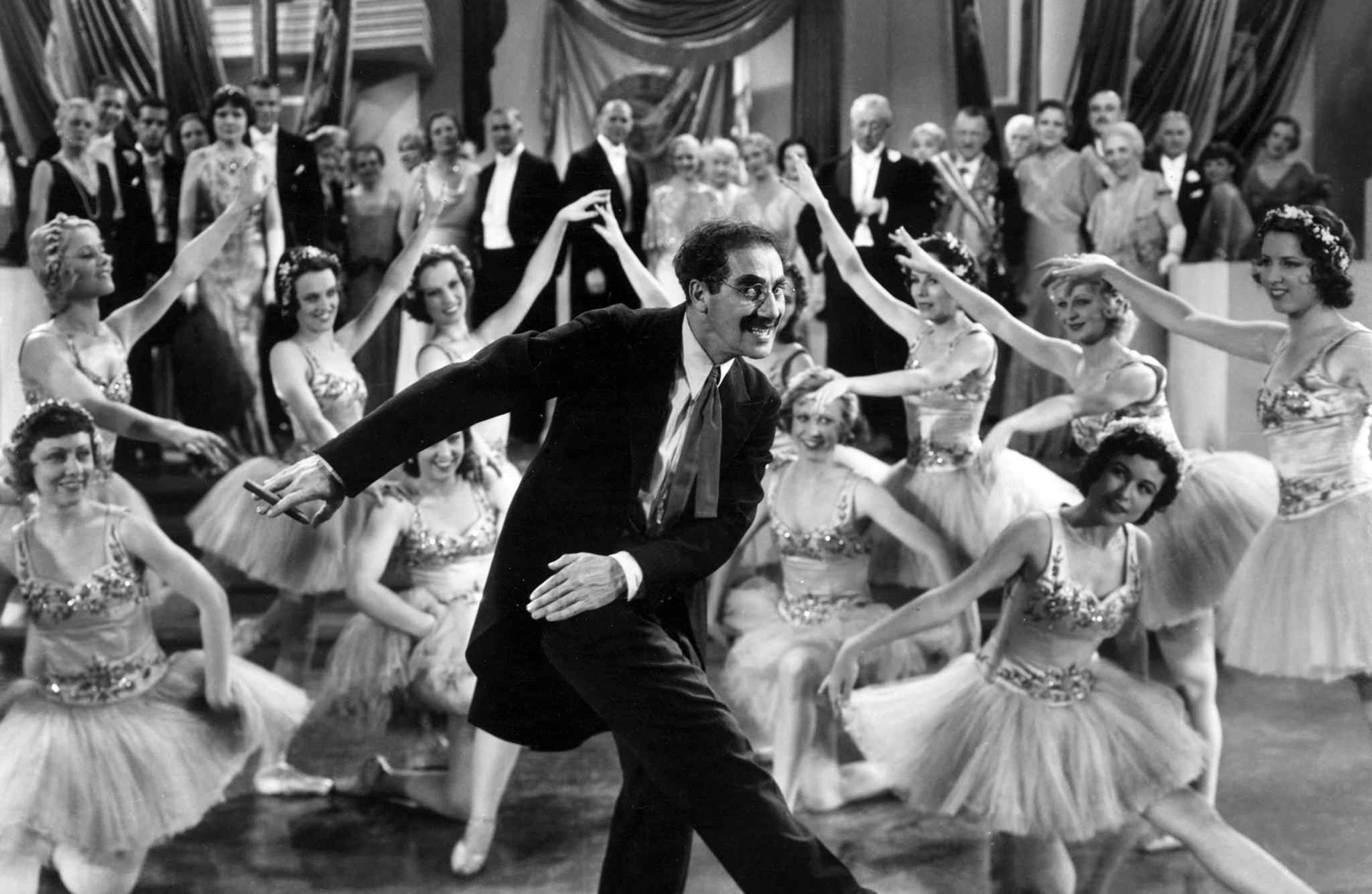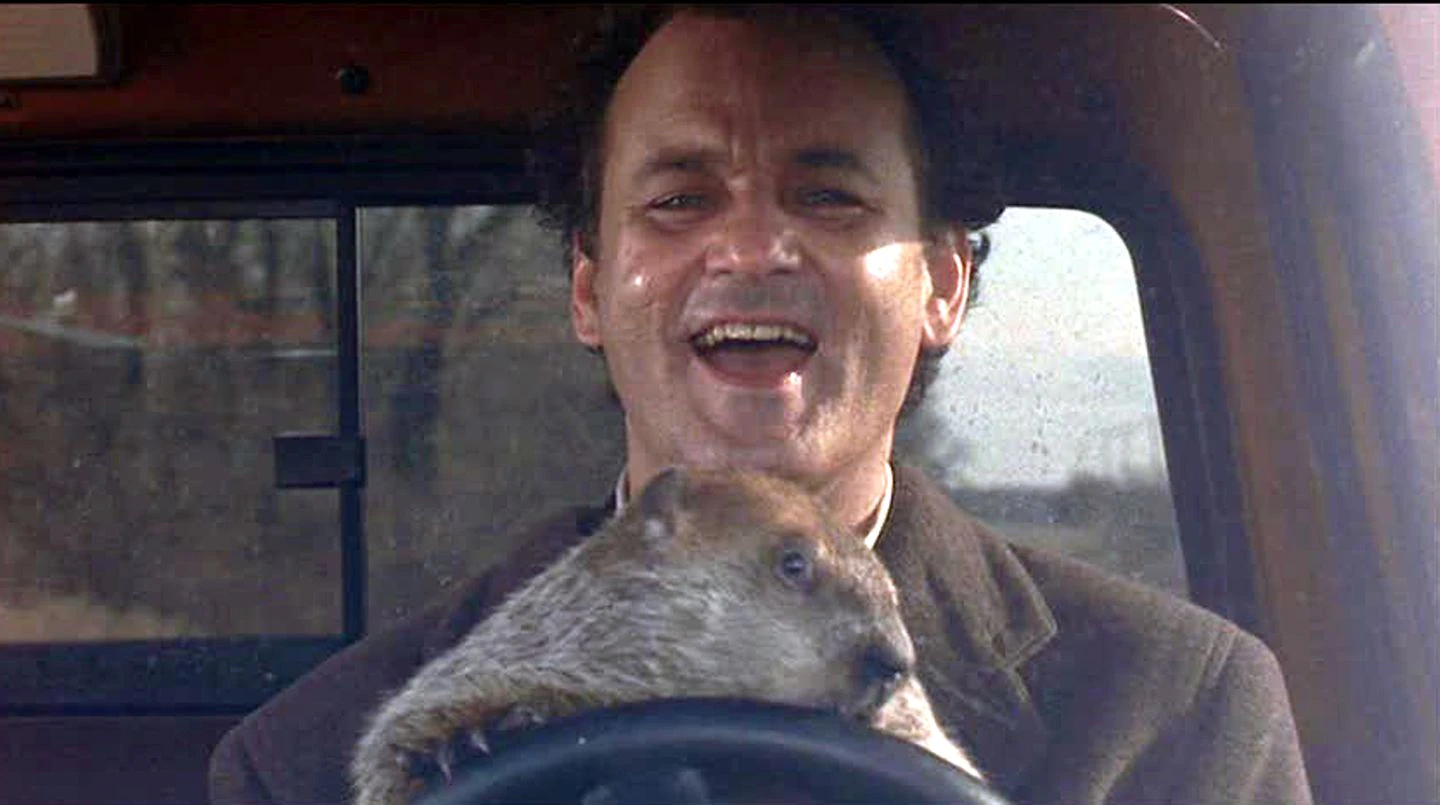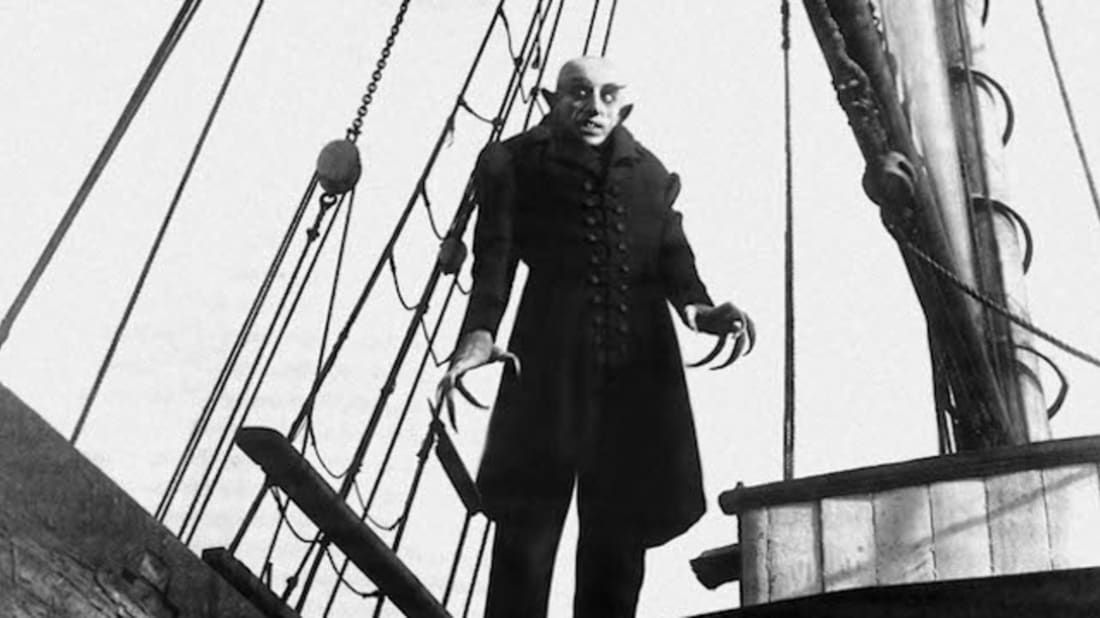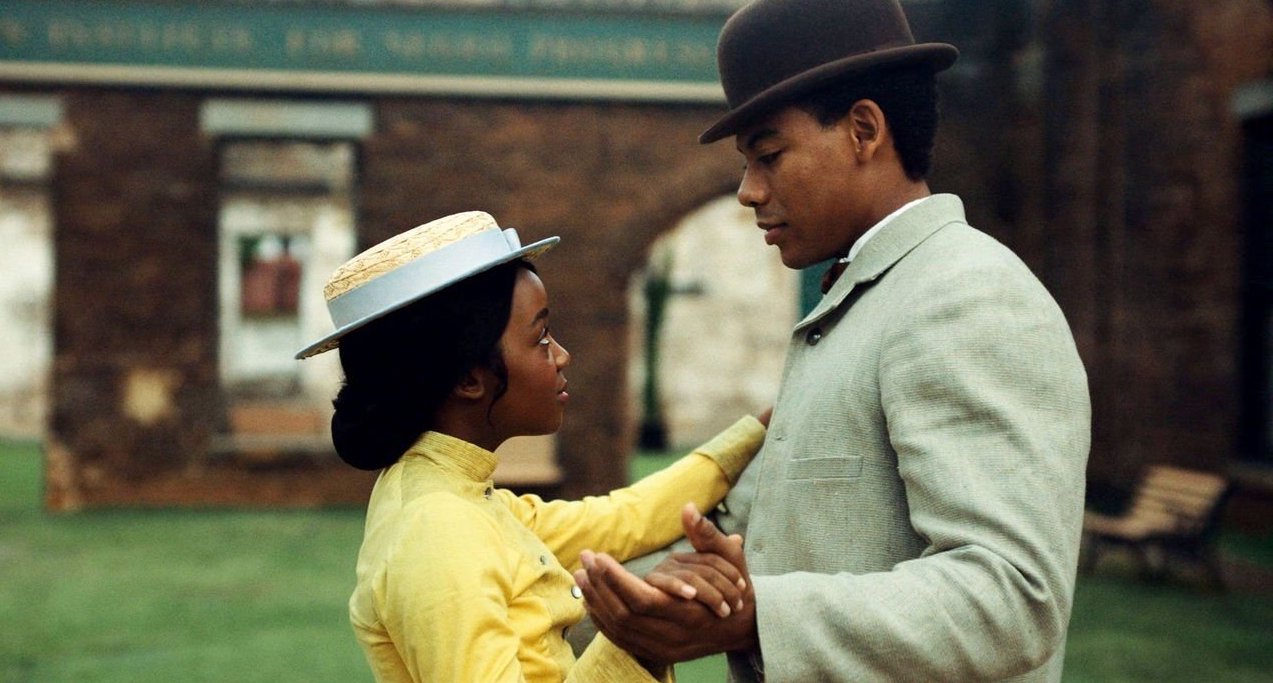Jojo Rabbit (2019)
It takes a while for the humour, sensitivity, and detail of Taika Waititi’s Nazi satire Jojo Rabbit to settle in, but once it finds its footing, he effectively skewers the cowardice and superficiality of those hateful regimes which hide behind the trusting innocence of their children.

